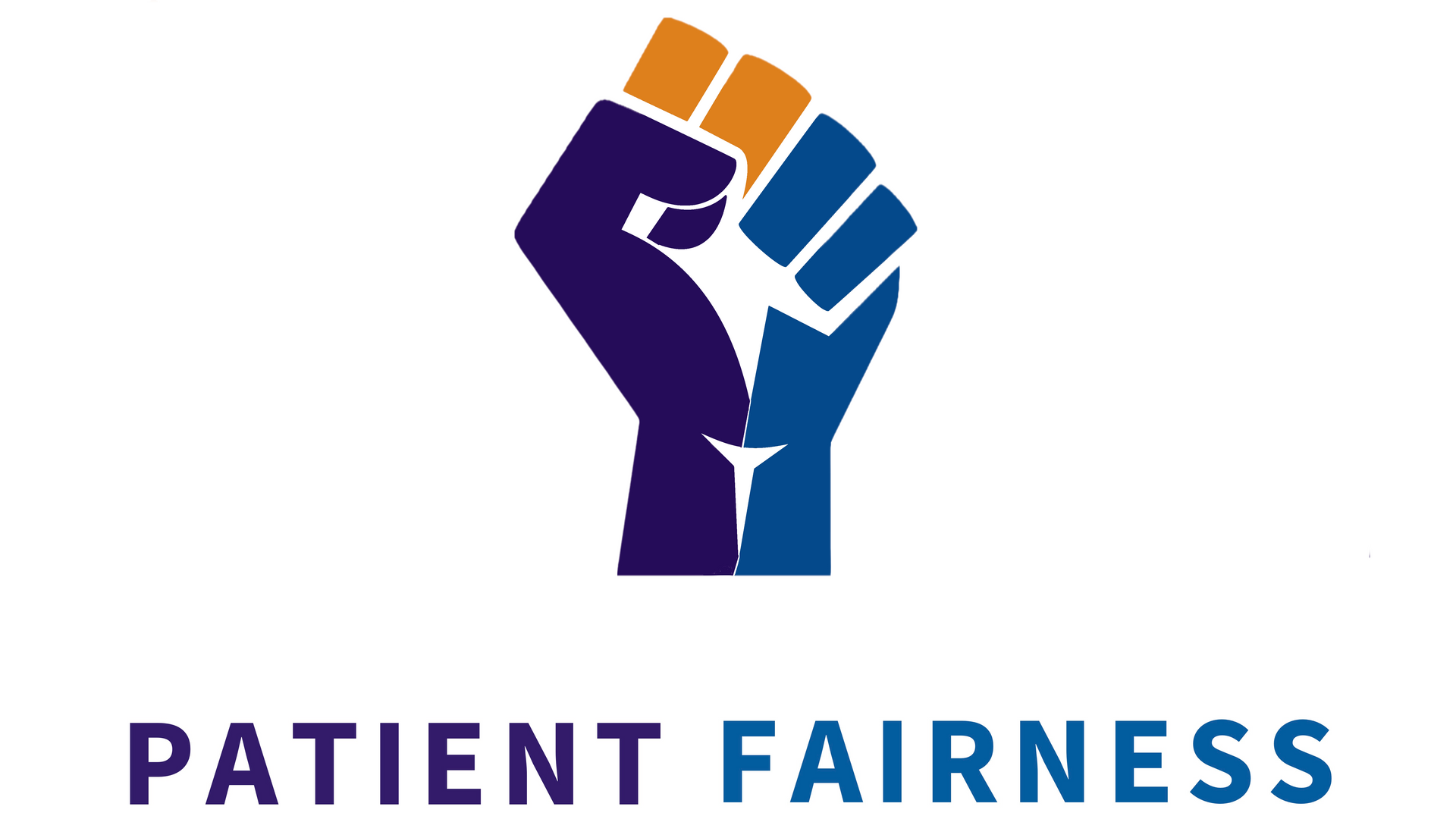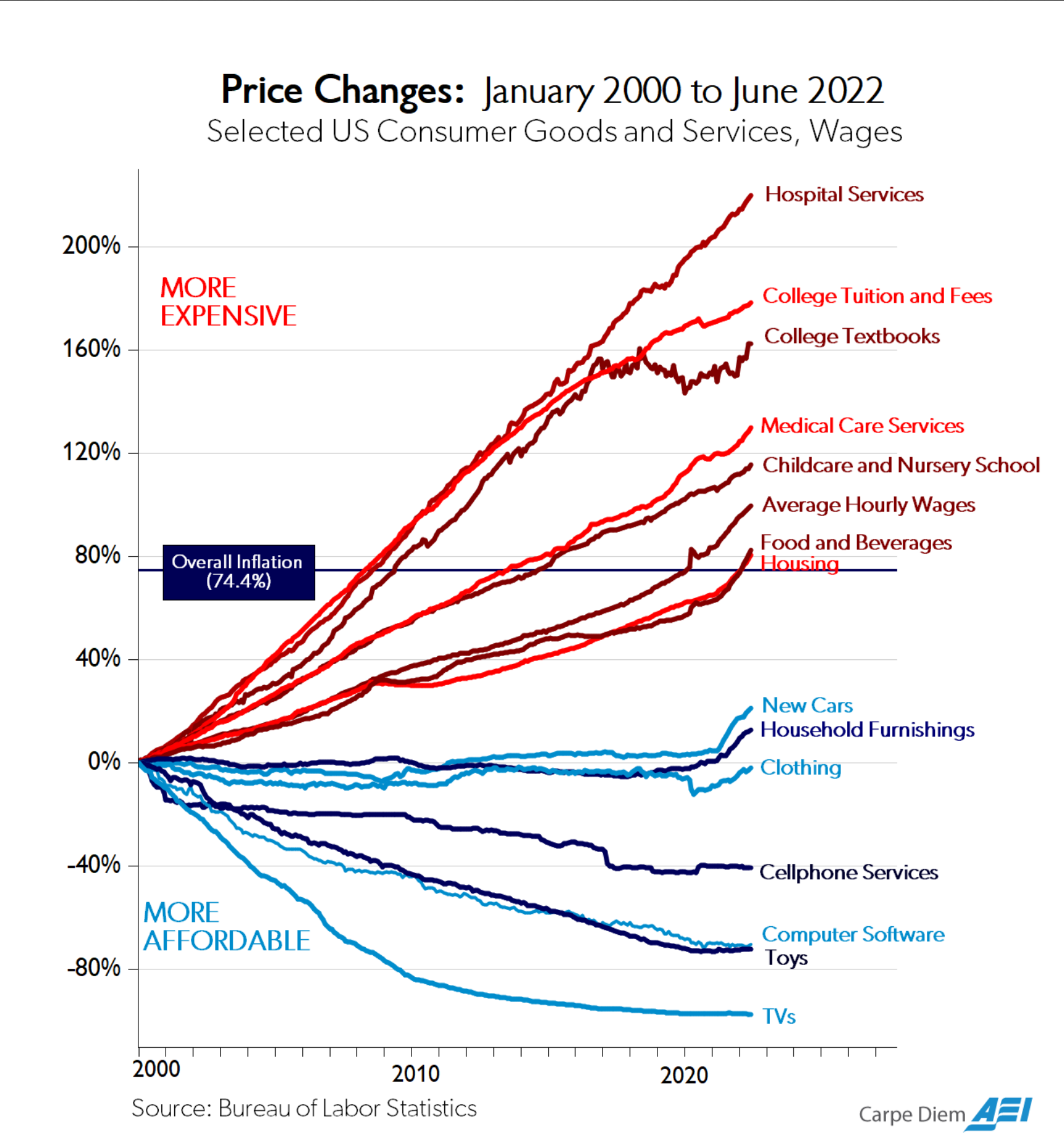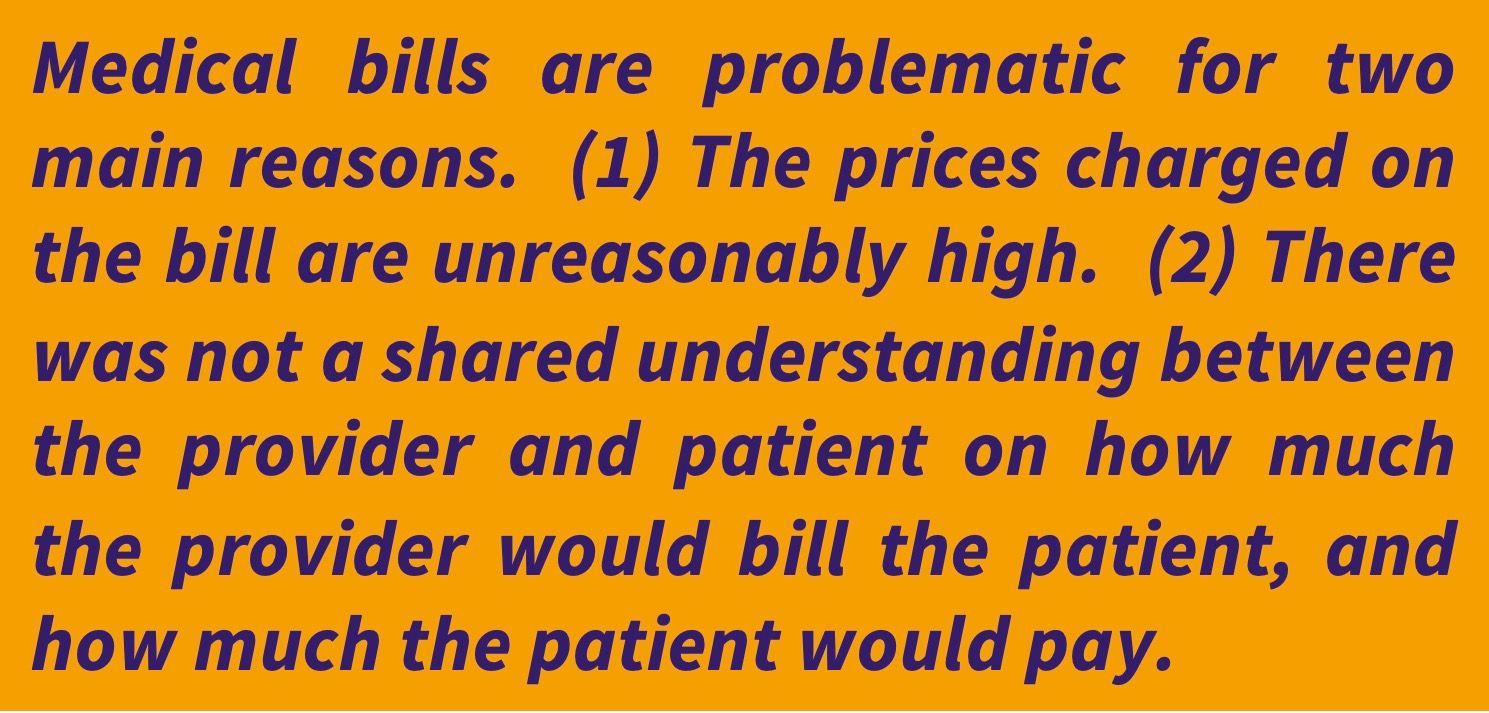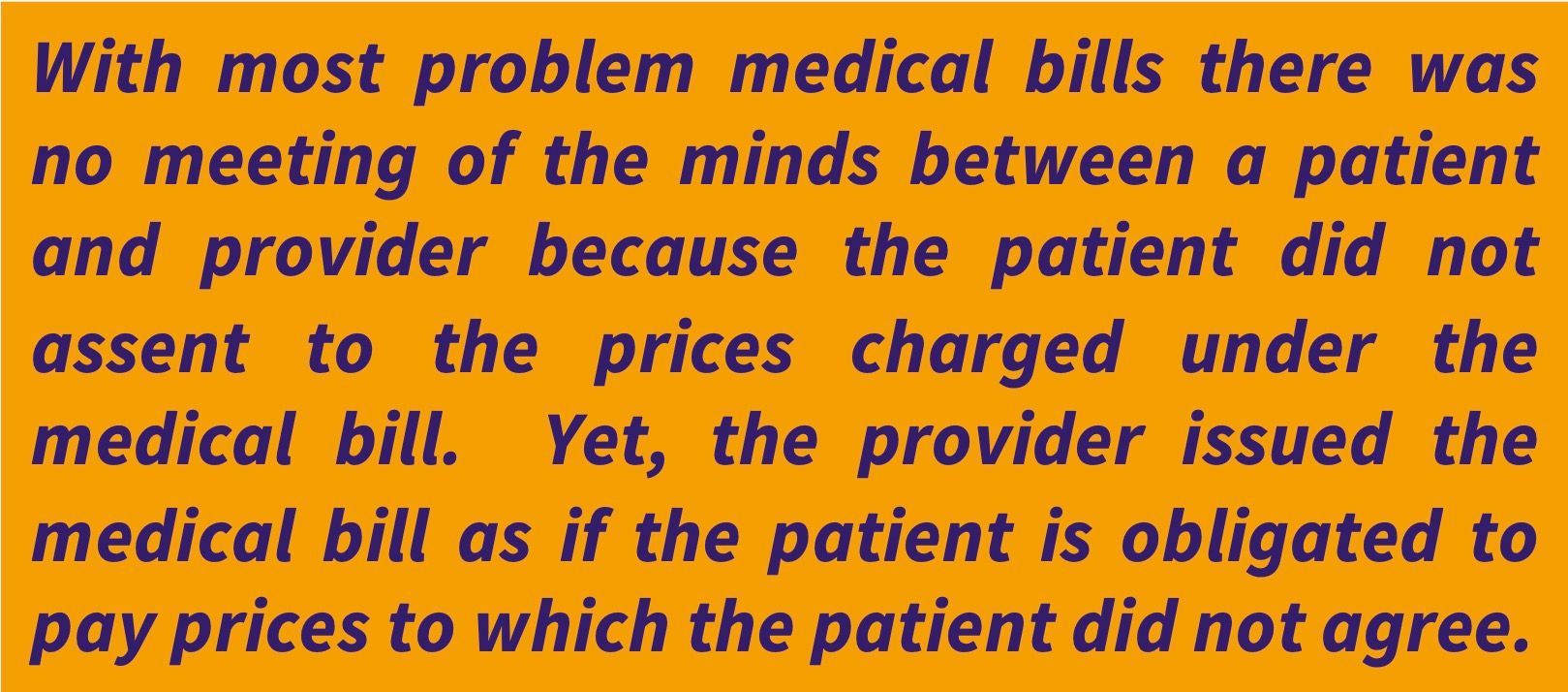Medical debt and surprise medical bills justly get a lot of attention as public concerns. About 31 million Americans borrowed money to pay for health care in 2024, accumulating $74 billion in medical debt. A majority of Americans are very concerned (28%) or concerned (30%) that a major health event could lead to personal medical debt. A June 2024 poll found that a third of Americans either received themselves (18%), or know someone who received (17%), received an unexpected medical bill of $1,000 or more.
A 2021 NPR article is a good example of the prevailing conventional wisdom on advice for persons concerned about problem medical bills: request an itemized bill; check if the provider participates in one’s insurance network; check for double billing; negotiate with the billing provider directly. Only the last suggestion, negotiate with the provider, even begins to address the biggest reason why a medical bill can be a problem to the point that it puts a patient at risk of going into medical debt.
This is because conventional wisdom misunderstands the nature of what makes most problem medical bills problematic in the first place. Medical bills are problematic for two main reasons. (1) The prices charged on the bill are unreasonably high. (2) There was not a shared understanding between the provider and patient on how much the provider would bill the patient, and how much the patient would pay. Whether it is a bill charging prices far more than the patient reasonably expected or can afford, or a surprise bill that the patient never expected to receive at all, these two reasons are why most medical bills are problems.






